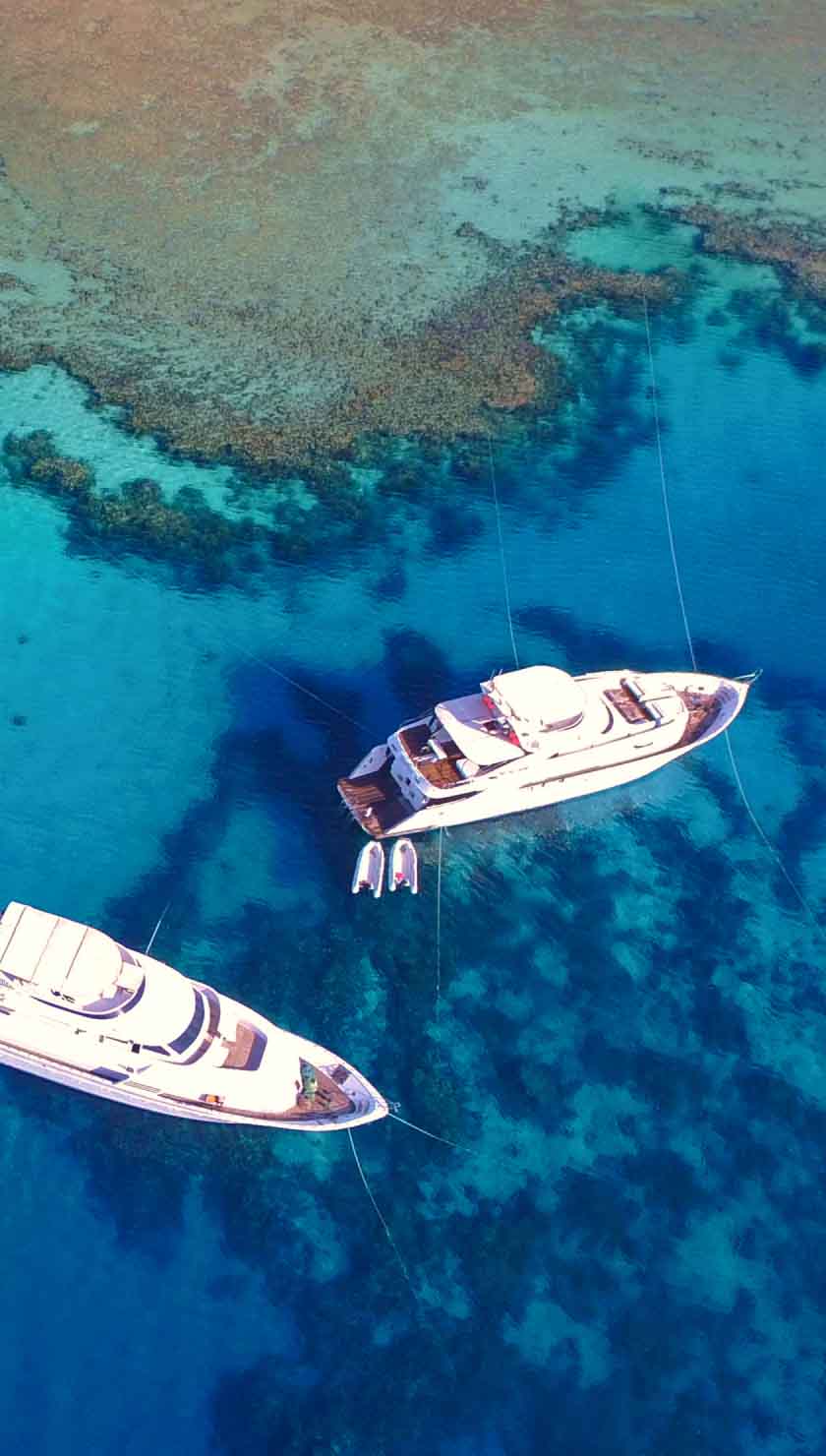Maldives Diving: Seasons, Marine Life, and When to Go
Strung across the Indian Ocean like a constellation of emerald jewels, the Maldives is a dreamscape for divers. Beneath the surface lies a world of coral-covered pinnacles, manta-filled channels, and silent, graceful whale sharks. However, while diving is possible year-round, understanding the monsoon-driven seasons can significantly enhance your experience. Whether you're chasing swirling mantas, calm seas, or shark-filled drift dives, here’s your guide to the best time to dive in the Maldives, and what each season offers beneath the waves.
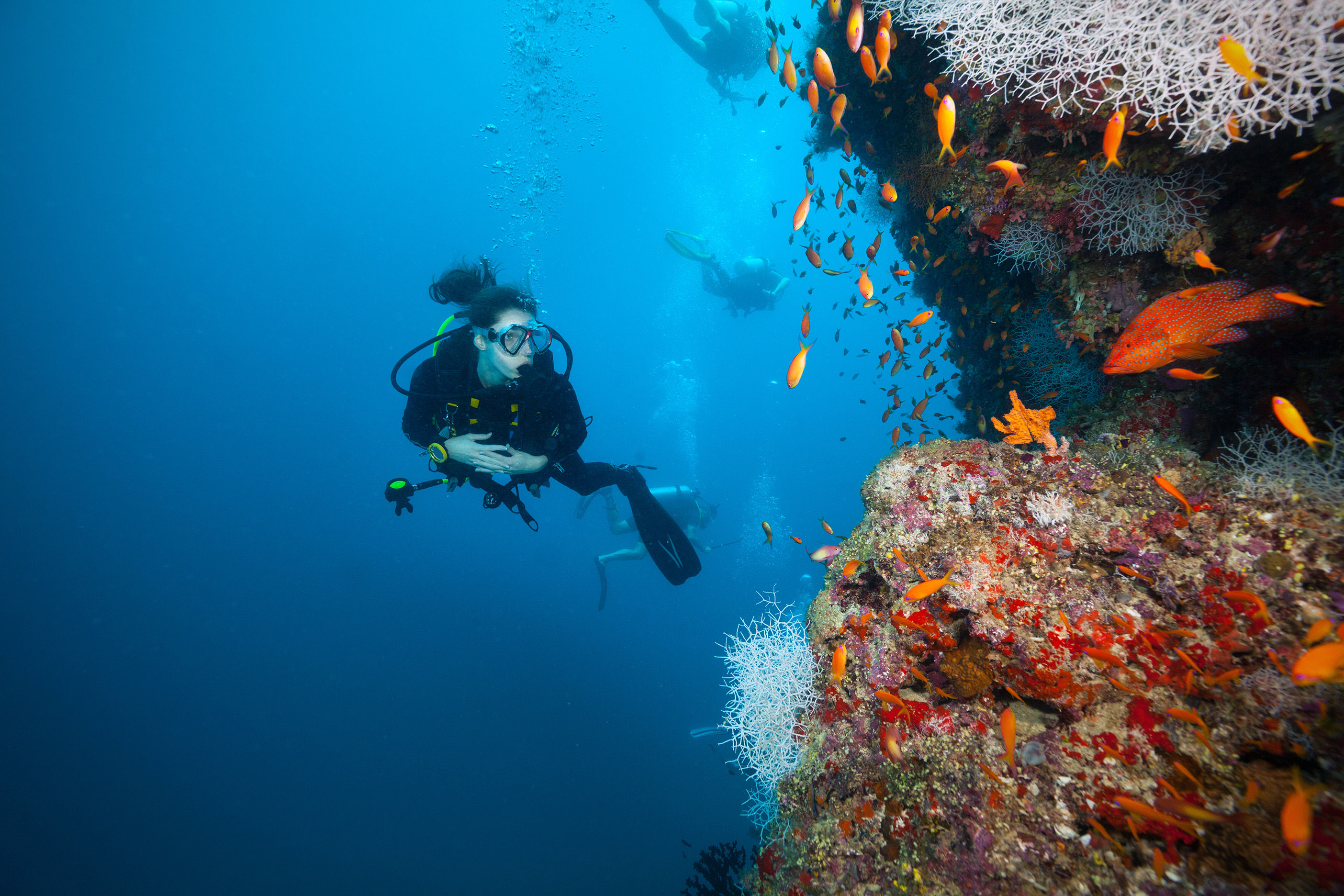
Quick Summary
- Best time to dive: December to May (for visibility); June to November (for mantas and whale sharks)
- Water temperature: 27–30°C (81–86°F)
- Visibility: 15 to 30 meters (50–100 feet), varies by atoll and season
- Marine highlights: Manta rays, whale sharks, reef sharks, eagle rays, turtles, soft corals
- Season type: Northeast Monsoon (dry season), Southwest Monsoon (wet season, plankton-rich)
Diving Seasons in the Maldives
Dry Season (Northeast Monsoon: December to May)
This is considered the best time to dive in the Maldives for clear skies and excellent visibility, particularly on the eastern sides of the atolls. Calm seas, gentle winds, and extended periods of sunshine create near-perfect conditions for divers and photographers. Visibility can exceed 30 meters, especially in North Male, South Male, and Ari Atoll.
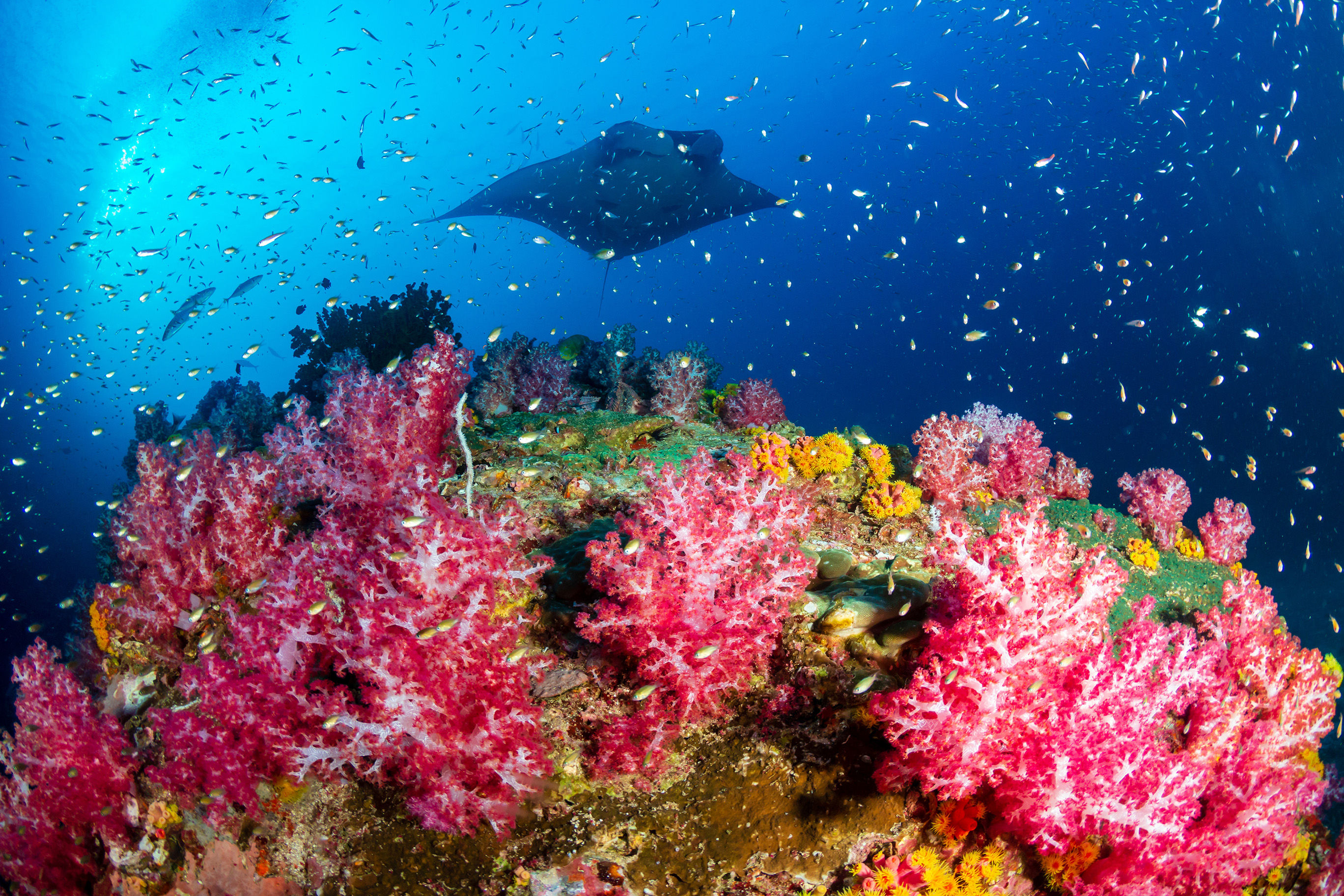
Drift diving is a major highlight during this season, with nutrient-rich currents sweeping in from the deep, bringing sharks and pelagics to cleaning stations and channel walls. At dive sites like Maaya Thila, Fotteyo Kandu, and Kandooma Thila, expect to encounter grey reef sharks, eagle rays, and schools of jacks and snappers. Manta sightings are still possible, but generally more frequent on the western sides during the wet season.
Wet Season (Southwest Monsoon: June to November)
The southwest monsoon brings increased plankton and occasional stormy weather — but it’s also the peak time for manta rays and whale sharks. These filter-feeders congregate in areas like Hanifaru Bay (Baa Atoll) and Ari Atoll, where plankton blooms fuel feeding frenzies. It’s not uncommon to see dozens of mantas barrel-rolling through clouds of zooplankton, with juvenile whale sharks cruising nearby.
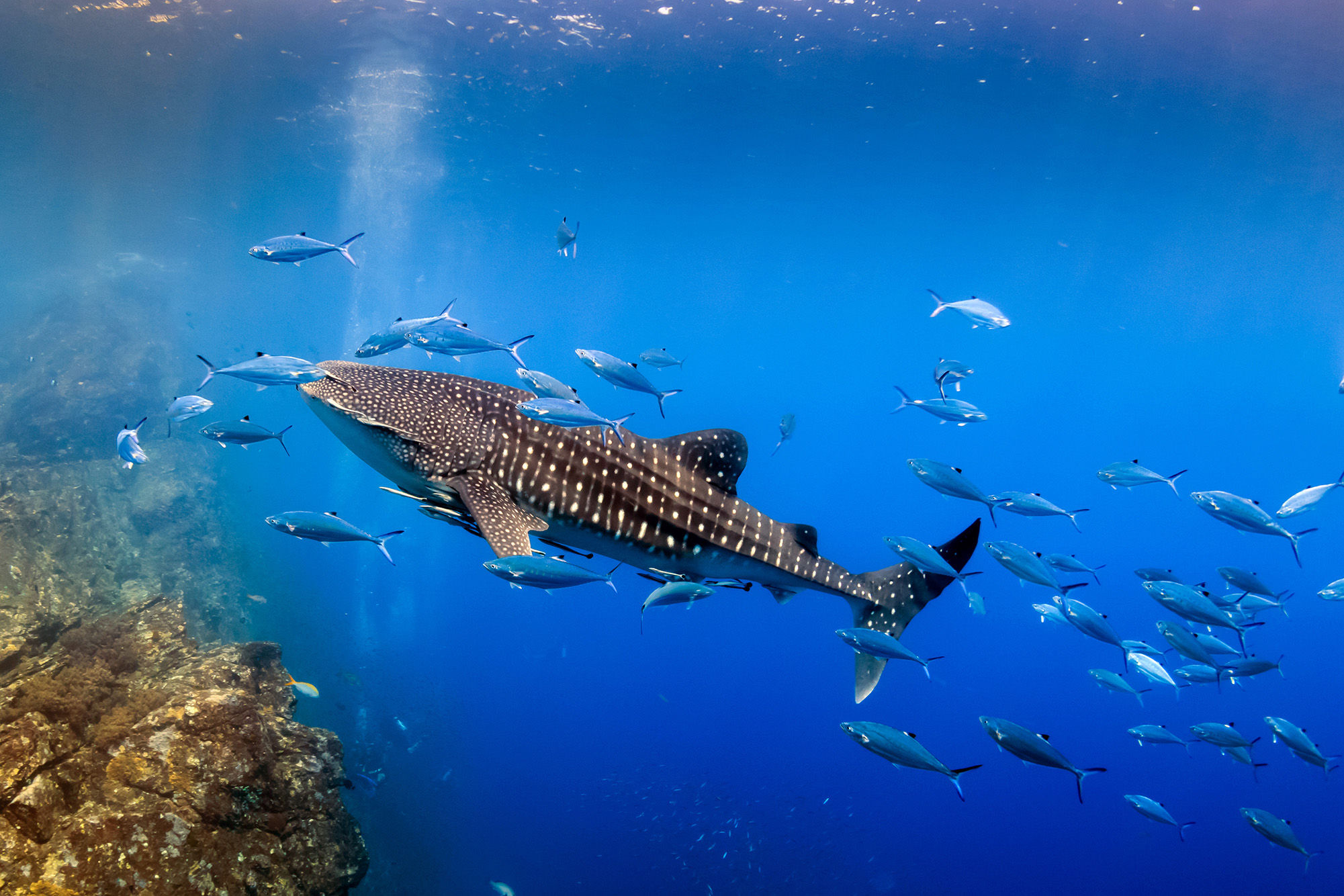
While visibility can drop slightly (to around 10–15 meters in some areas), the trade-off is extraordinary wildlife activity. Dive sites on the western sides of the atolls are generally better during this season, especially for liveaboards exploring central and southern itineraries.
Marine Life Highlights
The Maldives is famous for its big-animal diving. Divers can expect to encounter manta rays, reef sharks, turtles, barracuda, and whale sharks year-round, with seasonal peaks depending on the current flow and water clarity.
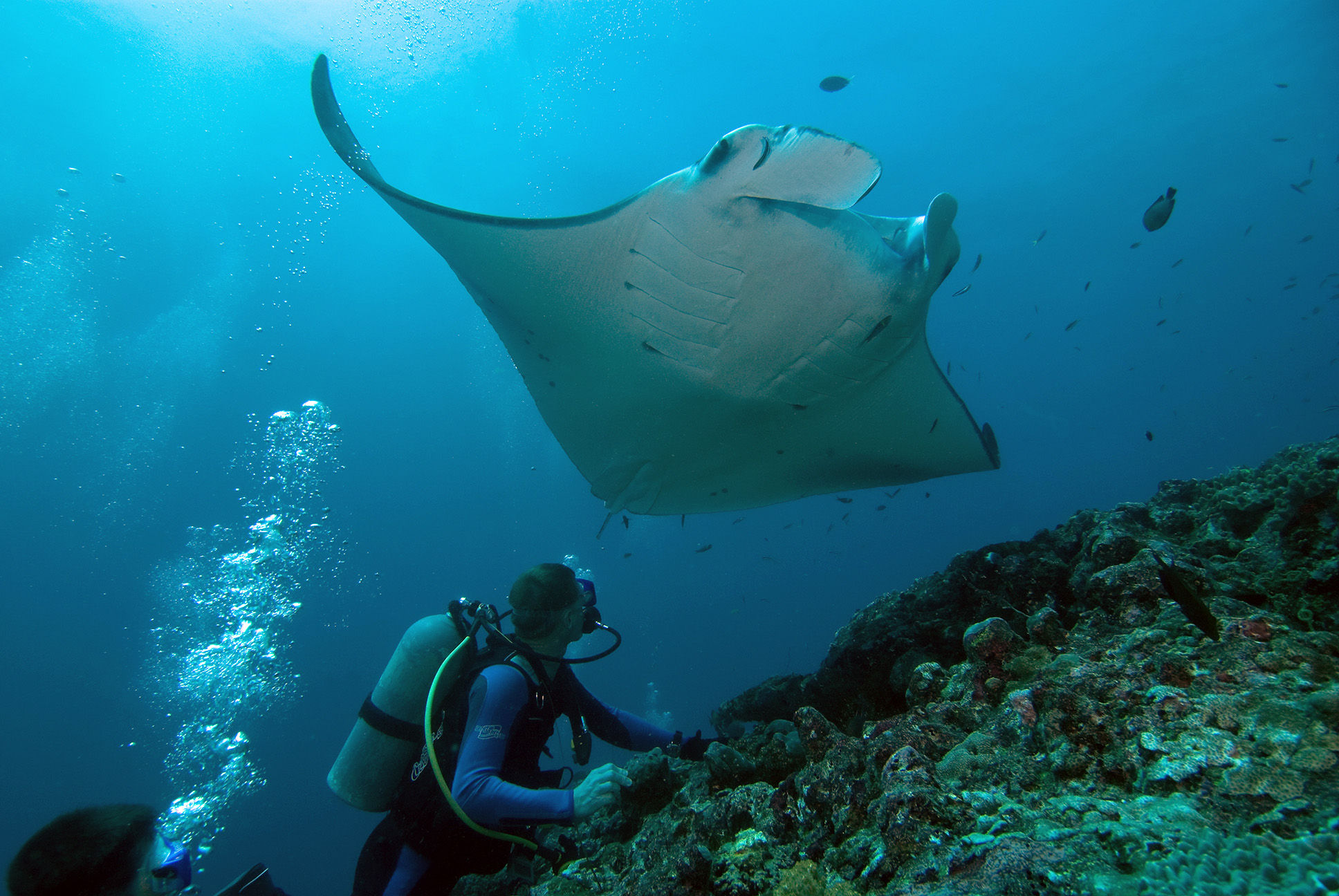
During the northeast monsoon, the eastern reefs offer crystal-clear waters and thrilling current dives with abundant pelagics. During the southwest monsoon, Hanifaru Bay becomes a sanctuary for manta rays and whale sharks, protected as a UNESCO Biosphere Reserve. Reef life is also prolific, with vibrant soft corals, lionfish, scorpionfish, and macro critters hiding in crevices at sites like Miyaru Kandu, Alimatha Jetty, and Broken Rock.
Photography Tips by Season
For wide-angle photography, the dry season is ideal. Intense sunlight and top-tier visibility highlight the Maldives’ iconic coral-covered pinnacles (thilas) and shark-rich channels. Sites like Fotteyo Kandu and Kuda Giri Wreck shine in these conditions. Bring a wide-angle lens and strobes for balanced reef lighting.
During the wet season, photographers have the opportunity to capture plankton-feeding manta rays in motion. Use natural light when possible and increase ISO for darker, nutrient-rich waters. A red filter or video lights help capture whale shark silhouettes at places like Dhigurah or Maamigili.
Dive Travel Tips for the Maldives
- Liveaboards vs Resorts: Liveaboards are the top choice for exploring multiple atolls and maximizing pelagic encounters. Resorts are ideal for relaxed diving with luxury amenities and house reefs.
- Booking in advance: December to April is the peak tourist season. Book at least 6–9 months ahead for the best liveaboard itineraries and resort availability.
- Permits: No special diving permits are required; however, some marine parks, such as Hanifaru Bay, regulate access and interaction times.
Liveaboards and Dive Operators
Liveaboards offer luxury and adventure in equal measure, with routes that cover the Ari Atoll, Vaavu Atoll, and the southern deep south, making them perfect for advanced divers. Land-based options provide access to house reefs and offer convenient day trips to sites like Kuda Haa, Banana Reef, and Embudhoo Express, which are ideal for divers seeking comfort and consistent dive conditions.
Other Top Dive Destinations by Season
You may also enjoy:
- Best Time to Dive in Palawan
- Best Time to Dive in Tubbataha
- Best Time to Dive in Lembeh Strait
- Best Time to Dive in Komodo
Diving in the Maldives
Whether you’re chasing the adrenaline of shark-filled channels or drifting alongside a dozen manta rays, the Maldives delivers unforgettable diving experiences in every season. For sun-soaked visibility and exhilarating drifts, plan your trip from December to May. For up-close encounters with whale sharks and manta rays, consider visiting between June and November. The beauty of the Maldives is that, no matter when you go, magic awaits beneath the surface.










